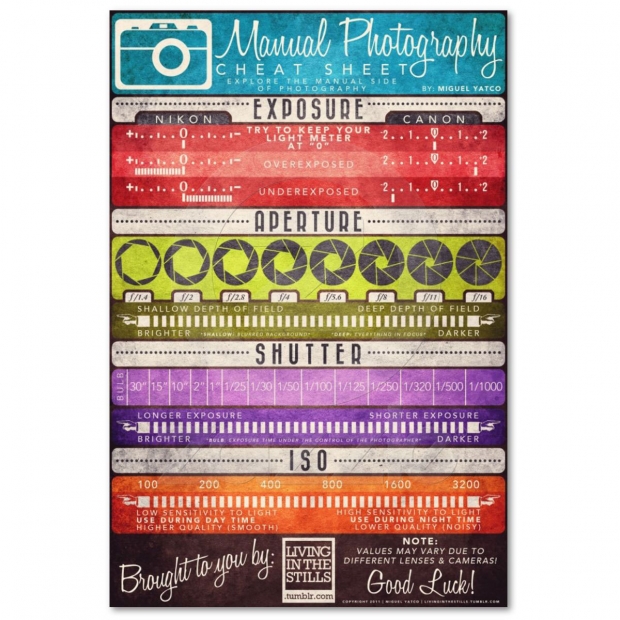Join Us To Find Essential Digital Photography Tips That Will Certainly Unlock Your Electronic Camera'S Capacity-- Prepare To Capture Stunning Photos Quickly!
Join Us To Find Essential Digital Photography Tips That Will Certainly Unlock Your Electronic Camera'S Capacity-- Prepare To Capture Stunning Photos Quickly!
Blog Article
Posted By-Whitley Turan
When you first get your camera, it can feel overwhelming with all the setups and options offered. You might find yourself questioning exactly how to browse aperture, shutter rate, and ISO effectively. Mastering these fundamentals is vital, however there's more to photography than simply technical knowledge. Recognizing structure strategies and illumination conditions can raise your images dramatically. So, what if you could learn easy approaches to boost your abilities and start catching remarkable photos faster than you assume? Allow's check out just how to change your digital photography journey.
Understanding Camera Setups
Recognizing your camera setups is vital for recording stunning pictures. When you grab your cam, familiarize on your own with the three primary setups: aperture, shutter speed, and ISO. Each plays an important role in exactly how your photos end up.
Start with aperture, which controls the amount of light getting in the lens. A broader aperture (lower f-number) allows more light and develops a lovely history blur, perfect for portraits. On the other hand, a narrower aperture (greater f-number) maintains even more of the scene in focus, perfect for landscapes.
Next, focus on shutter rate. This setup figures out for how long your cam's sensing unit is exposed to light. A rapid shutter rate freezes activity, which is fantastic for activity shots, while a sluggish shutter speed can develop magnificent impacts like smooth water in landscapes.
Finally, adjust your ISO. This setup impacts your electronic camera's sensitivity to light. Web Site in low-light situations but can introduce sound or grain. Go for the most affordable ISO possible while still accomplishing proper direct exposure.
Structure Strategies
When you're out capturing, structure can make all the distinction in just how your photos resonate with visitors. Begin by using the guideline of thirds; visualize your framework separated right into 9 equal sections with two straight and 2 upright lines. Position key elements along these lines or at their crossways to develop balance and rate of interest.
Next off, take into consideration leading lines. These all-natural lines in your scene, like roadways or rivers, attract the audience's eye right into the photograph, guiding them with the story you're telling.
Don't forget mounting; use elements within your scene, like trees or home windows, to develop a frame around your subject, including depth and focus.
Also, keep an eye on your history. A cluttered history can distract from your main topic, while a basic one assists it stand apart.
Finally, trying out proportion and patterns; they can develop a striking image that records attention.
Learning Illumination Issues
Mastering illumination problems is vital for capturing magnificent photos, as the appropriate light can transform a normal scene into something extraordinary.
Beginning by observing all-natural light at various times of the day. Mornings and late afternoons use the best light, called the golden hour. https://www.oleantimesherald.com/business/photoshelter-and-authority-collective-release-the-photographer-s-guide-to-inclusive-photography/article_21b2ad74-e279-5cee-81d2-1c81c5ef12f9.html , cozy tones throughout these times can improve your pictures perfectly.
Don't shy away from cloudy days either; diffused light can reduce rough shadows and produce a pleasing result, particularly for pictures.
Experiment with backlighting by positioning your topic against the light source. This method can develop a wonderful halo effect and include depth to your pictures.
Pay attention to your electronic camera setups too. Adjust the ISO, aperture, and shutter rate to suit the lighting problems. A higher ISO can help in reduced light, but be cautious of grain.
Use a tripod in darker atmospheres to avoid blur.
Lastly, do not fail to remember man-made illumination. Flash and continual lights can be fantastic devices for managing light in difficult conditions.
Final thought
Finally, mastering your electronic camera doesn't need to be overwhelming. By comprehending your settings, applying structure methods, and taking advantage of the power of natural light, you'll quickly boost your photography abilities. Keep in mind, exercise makes excellent, so go out there and experiment with your newfound understanding. With time and commitment, you'll be catching spectacular images that mirror your one-of-a-kind perspective. Enjoy the journey, and don't forget to enjoy while you're at it!
